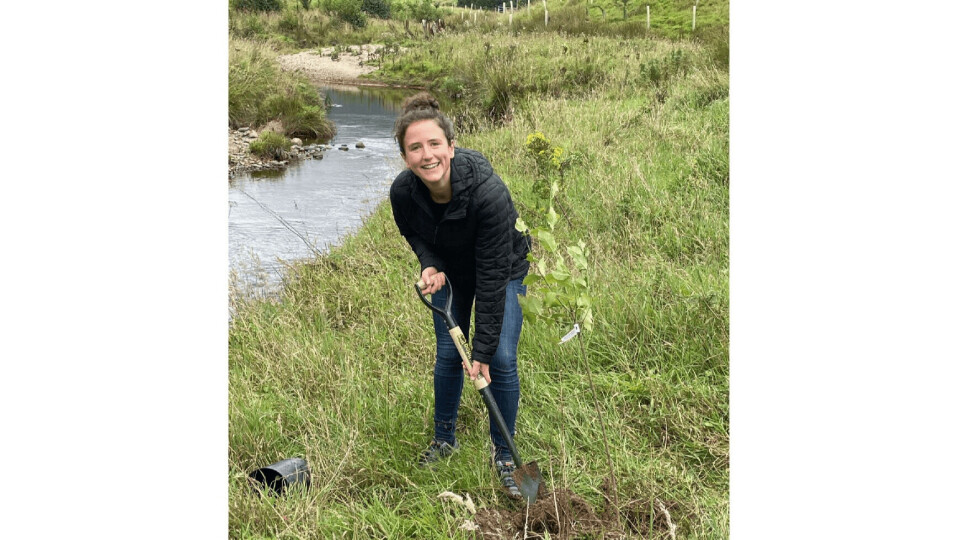
Study of climate impact on wild Scottish salmon begins
A project to gauge the impact of environmental and climate change on Scotland’s wild salmon population has begun.
Numbers of wild Atlantic salmon returning to Scotland have declined over the last four decades by around 40%, impacting the conservation status of many rivers in the country. Some anglers blame salmon farming, but the Scottish Government and conservationists say there are multiple factors behind the decline.
The £550,000 fund, including £150,000 provided by Crown Estate Scotland, supports sampling of juvenile and adult salmon by local fisheries trusts and boards to collect scales and other biological information from fish captured in rivers throughout the country.
Targeted interventions
The scheme will use the data to help target interventions to conserve wild salmon and increase the numbers and size of the fish leaving rivers.
Speaking on a site visit to Glen Clova in Angus, the Scottish Government’s Rural Affairs Secretary, Mairi Gougeon, said: “We take the issue of our declining salmon stocks very seriously, with the reasons for it wide-ranging and complex.
“The investment in monitoring will help us to better understand these pressures.
‘Living parasols’
“We know that high river temperatures during the summer are a pressure on wild salmon and we are identifying priority stretches of waterways to target tree planting, providing living parasols to provide shade and encourage good survival and growth of salmon.
“We are working with landowners and land managers to encourage them to take measures such as tree planting to support salmon conservation.
“However, it is believed that salmon mortality at sea has increased in part due to the effect of climate change on ecosystems and shifts in locations where food is abundant.
“That is why it is vital, especially as we head towards COP26 (the international climate conference in Glasgow) that we continue to address the double challenges of climate change and biodiversity loss.”
Valuable research
Fiona Simpson, asset manager for Crown Estate Scotland, said: “This funding allows for valuable research to be carried out which will contribute evidence to hopefully lead to a better understanding of some of the reasons behind the decline in Atlantic salmon numbers in Scottish rivers and inform targeted action plans to address current problems”.
As part of the visit, Gougeon planted the first tree in an area earmarked for re-forestation.























































